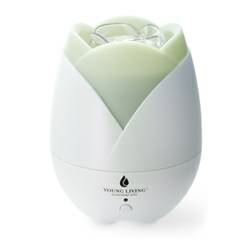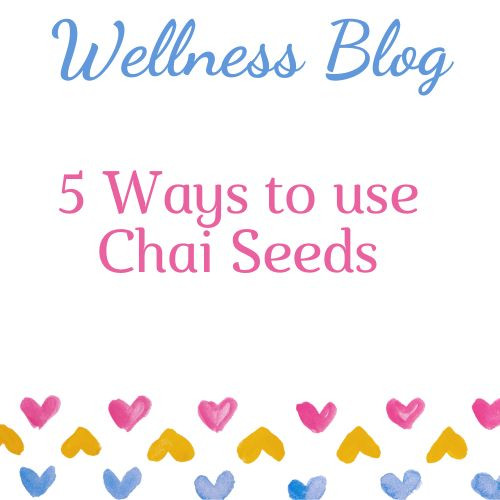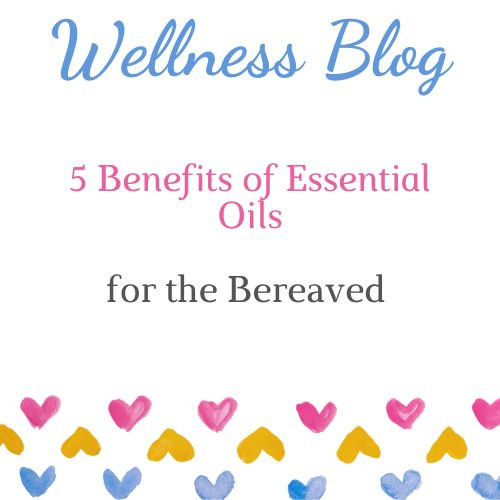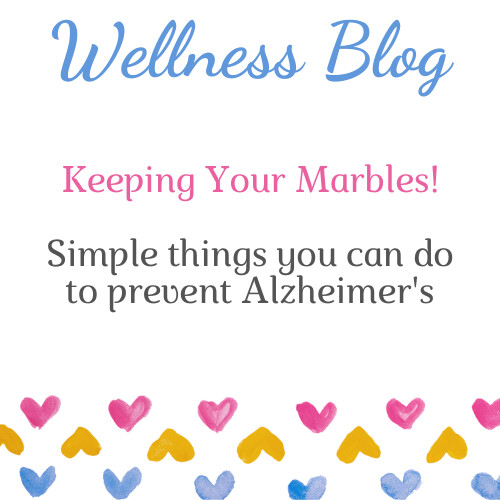
Diffusing Essential Oils
We use diffusers to diffuse essential oils into our home, office, school, car or any inside environment - to purify the air and to give us an uplifting or a relaxing effect to the environment in these places.
There are many diffusers available and they come in all shapes, sizes and cost! A cheap option would be something as simple as the candle diffuser. I personally don't recommend these as some people use the oils neat in the little dishes that come with these diffusers, when in fact they should be added to cold water. The candle warms the water and the essential oil molecules drift into the air. However, the neat oils or the water may become too hot and then the chemical structure of the oil changes, and this isn't recommended. Hot water is also a health and safely issue in the home so another reason for me not to recommend this type of diffuser. However, some of these diffusers are really pretty and I would only recommend their use if under constant supervision by a responsible adult, and topped up regularly with cold water, before the original water drys up. in 100ml of water, use 1 - 4 drops of essential oil.
My favourite type of diffuser is the cold water diffuser (an aerial diffuser) (pictured) and this is where you would add the desired amount of cold water and add either your selected single essential oil or a synergy of oils to the water. This is the mildest form of diffusion. When turned on, the vapour enters the room, with the tiny molecules of essential oil in the vapour. The main reason we would use aerial diffusion or dispersion into our environment is typically because we want to affect emotions or to have an up-lifting or relaxing effect. This type of diffuser is also great for helping people who have difficulty getting to sleep. You could diffuse a synergy of essential oils into your bedroom about an hour prior to going to sleep just to help with the sleeping. If you have trouble getting to sleep or staying to sleep, it can also be very useful. Many of the varieties on the market have a timer with them, so you can choose to diffuse for an hour for example, and it turns itself off. Some have pretty soft lights with them, with an option to have on or off, and some have beautiful music too and most have a health and safety mechanism with them, so that when the water is gone, it turns itself off.
These 'cold water' diffusers can also be used to break down airborne pathogens, to eliminate household smells from animals, cooking or smoking, or sports shoes! One of the reasons I like this type of diffuser the best is that it is totally safe. If knocked over by a child, an elderly person or a pet, then the water is cold and there will be no harm done.
Another type of diffuser is called the glass nebulising diffuser. With this type of diffuser you put your essential oils into a small piece of glass, and turn on - there is no water involved. This is the strongest form of diffusion. It disperses the essential oil molecules into the air without water. It actually is seen as a more clinical way of diffusing essential oils into your environment and often found in aromatherapy treatment rooms. Usually this type of diffuser would be used 3 times a day for a maximum of 3 times a day - and because the oils are neat, pets should not be in close proximity of the diffuser for any length of time.
Another inexpensive but effective way of diffusing essential oils is to make an aromatherapy inhaler. They are easy to make and easy to use. They can be used for anxiety, stress, or to simply support body systems. You can buy empty inhalers from many places, I recommend Purple Flame Aromatherapy, but always make sure that the inner cotton is certified organic cotton (as cotton is considered a 'dirty' crop as it is heavily sprayed with pesticides).
How to make an inhaler - Use approximately 30 drop of essential oil. Combine the essential oils in a saucer and mix well. Place the organic cotton pad in the saucer and saturate it, using tweezers, until all the oil has been taken up by the cotton. Put the saturated cotton pad into the inhaler and place the bottom cap onto the tube. Put the cap/lid onto the inhaler and it is ready to use. Don't forget to label it! I would recommend that you use this inhaler about 2 or 3 inches away from the nose, and just waft the inhaler under the nose to breath in the essential oil molecules. I wouldn't recommend you actually put the inhaler up your nose and breath in - if you wanted to use it this way, I would recommend you use less essential oil - maybe 15 drops and not the 30 drops. Remember the saying 'less is more'.
Suzanne's recommendations for diffusing (these tips were originaly from Jen O'Sullivan and have been amended slightly)
1. I would recommend you do not, put 2 or 3 single oils in a diffuser - as the oils don't synergise well this way. I would recommend that you blend these oils first in a bottle - leave to mix or to 'synergise' for 24 hours - then use that synergistic blend to add to your diffuser.
2. If you use a pre-blended oil in your diffuser, I would recommend you only use the blend - Thieves for example, or Purification - these blends have been blended for a particular reason, so there is no need to add any other oil to them, and I would never put two blends together - to me that is defeating the purpose of the original blend.
3. Always follow the manufacturers instructions re cleaning. I use Thieves cleaner for mine, but usually 'rubbing alcohol' is recommended for cleaning. If you don't clean your device, you may get a build-up of essential oil, and then you will not get the best from your diffuser.
4. Take care of where you place your diffuser - especially the ones that use water, as when the vapour 'lands', if you have your diffuser on a wooden table, for example, over time the oily residue from the vapour may ruin your table! :-( so always put your diffuser on a non-organic surface - strong plastic for example - so although I am totally against plastic, sometimes there is a need.
5. There are a lot of negative stories going around about diffusers and pets - and that pets will get ill if they are in rooms with diffusers. It is all about being responsible! A water based diffuser like the Dewdrop diffuser for example is designed to be used in a 10' x 10' room and not to be on all day. Animals especially cats, do not have the enzymes to breakdown the inhaled essential oils in their bodies, however, in a large room, with the diffuser being used responsibly, there is very little chance that your pet will suffer. To have an adverse effect, your pet would have to be sitting right next to the diffuser all day!
6. Use the right amount of essential oil - as a general guide use 1 - 4 drops to every 100ml of water. So, the Dewdrop diffuser, for example, filled up to the red line, is approximately 400ml so for that diffuser you can use from 4 - 16 drops of essential oil. For the Aria diffuser, the water well is much bigger,therefore you can use more drops of essential oil, but remember the Aria is for a larger room.
Enjoy your diffusing! :-)





 Welcome to my Blog! I'm Suzie Webb you can read more about me
Welcome to my Blog! I'm Suzie Webb you can read more about me 





0 Comments